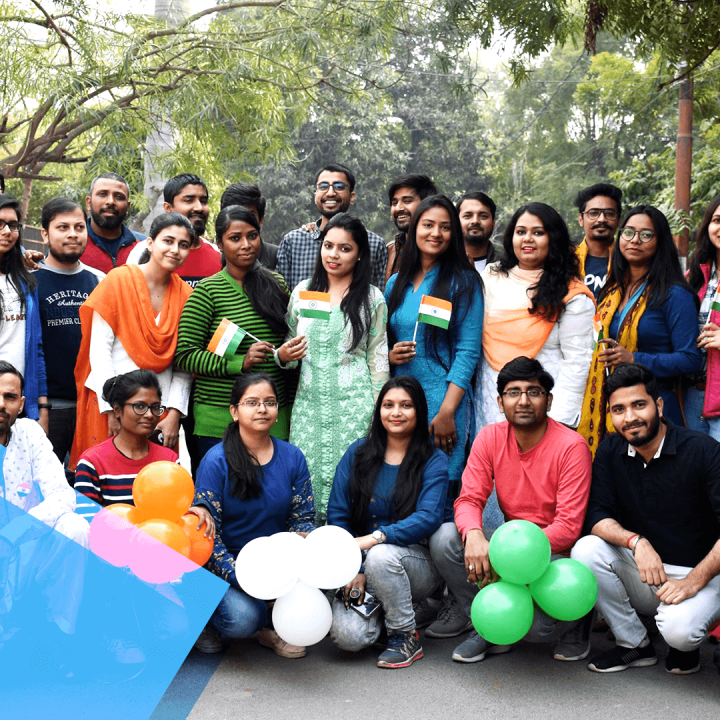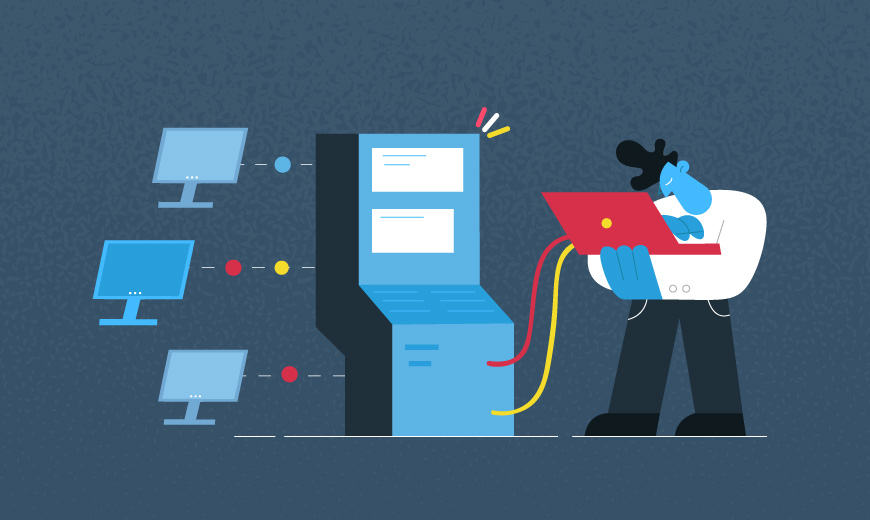Is decentralized storage for data the way ahead now?
Did you know Bitcoin has its existence since 2009? And since then, it has been booming and thriving. Cryptocurrencies are a rage today. But why are we talking about them when the concern here is decentralized storage for data? We are mentioning it here because there is an essential link between these two ideas. In fact, not this tip but the backbone of crypto that we all know as blockchain.
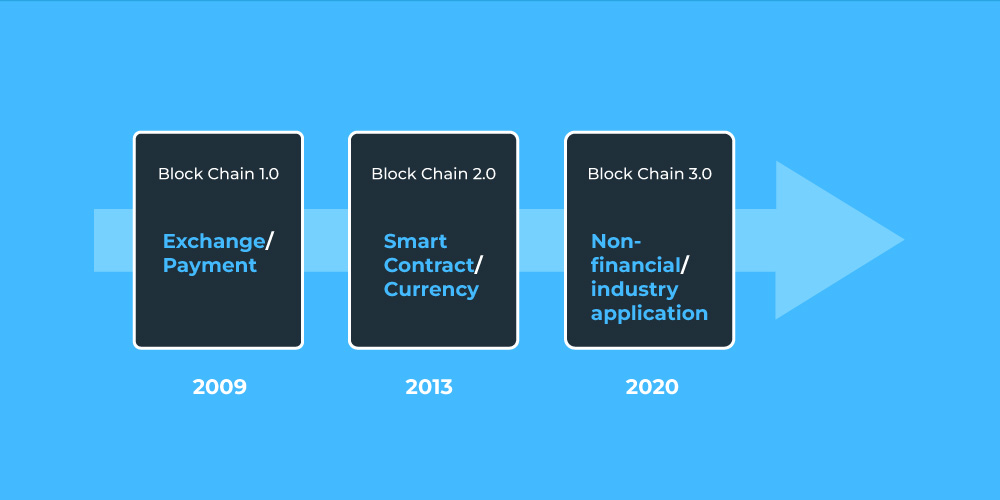

Something that this blog aims to discuss and elaborate on. Over the years, we have seen the face of the internet change. It’s this change that is radicalizing the gear shift to decentralized storage. But before we begin, we will take a short trip down memory lane on this evolution.
The evolution of the Internet
WWW, or World Wide Web as we know it today, began as Web 1.0. A brainchild of Tim Berner Lee’s was predominant as Web 1.0 between 1993- 2004. Where companies owned static websites and sent out information to the users. In a read-only fashion, as there was no scope for user interaction.
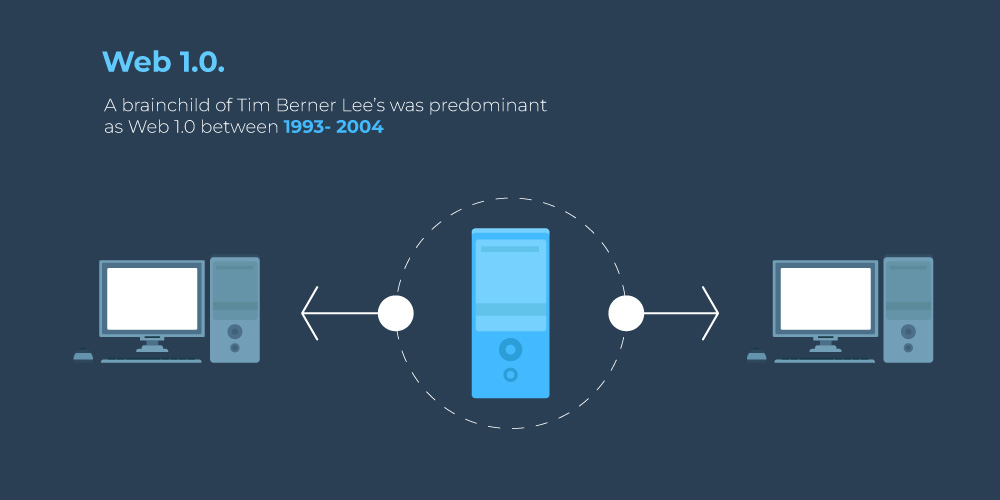

Then came Web 2.0 after 2004, which is still in use. Thanks to Social Media’s emergence, we can now interact as users with businesses’ read-only data. The birth of user-generated content. But as a user, monetization was a far-fetched dream.
That’s when Web 3.0 steps up. Coined by Gavin Wood of Ethereum, the idea is to give the end user control. Something the previous versions didn’t have. That is, the model he specifies is read-write-own. Web 3.0 sits on distributing power via a blockchain mechanism, which is the core of decentralized storage.
But this is a rough sketch. Web 3.0 is more than this little explanation. Here’s more to it.
Understanding Web 3.0
Web 3.0 equals decentralization. This means the power to store and control data does not remain with industry giants but with you as a user. And things like NFT and crypto are handing that to you. So the core idea is using blockchain to store, own and share information. This also means an attack on centralized data monopolies. And the democratization of the web with more freedom to create, own, and share.
But not all is working fair and well. Apparently,
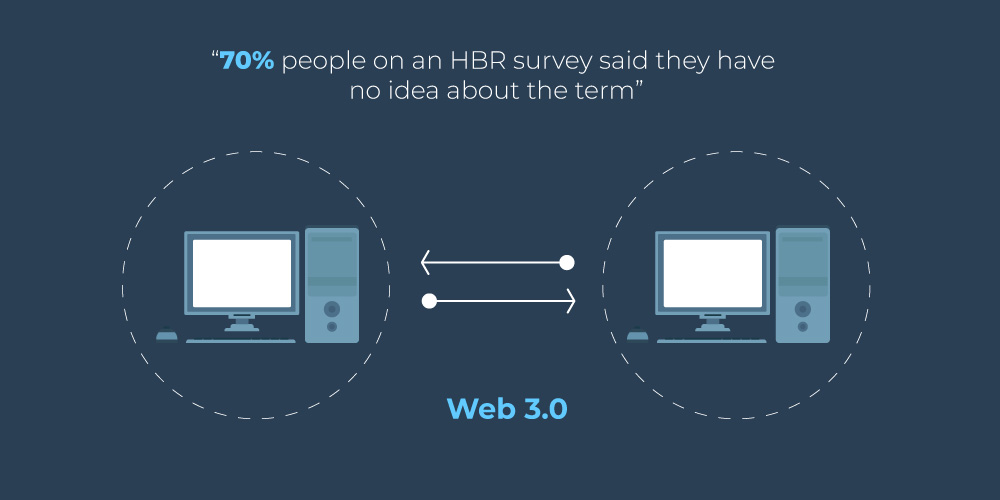

Web 3.0 first came into practical use in 1991 with the first blockchain creation by scientists W. Scott Stornetta and Stuart Haber to timestamp digital documents. Web 3.0 is today an extension of cryptocurrency that uses blockchain to continue the new ways to new ends, as per Harvard Business Review’s words.
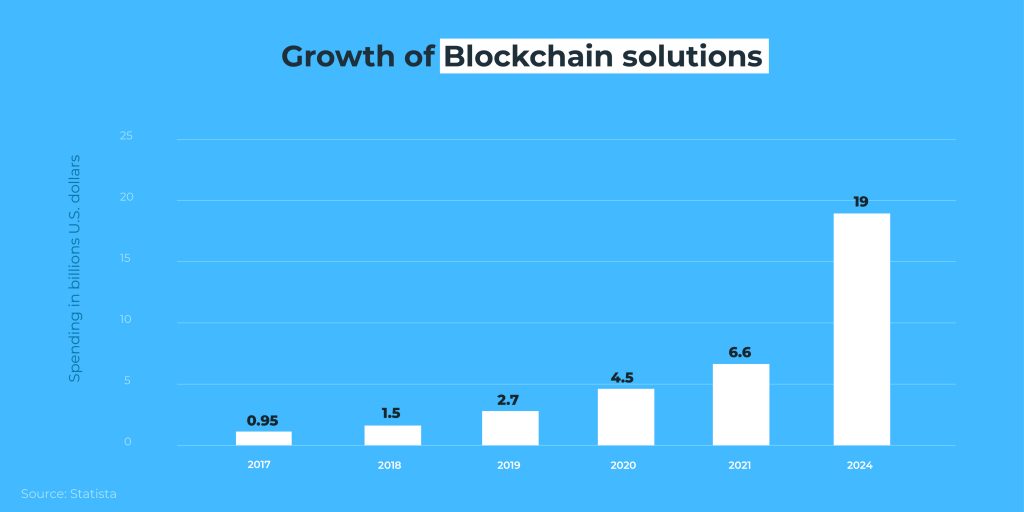

Another aspect that we need to understand is data deletion is not a process in the blockchain. We can only add, not remove. This requires no permission, uses economic incentives to progress, and is decentralized. Which now directs us to unfold this ‘decentralized storage for data.’
What is Decentralized Storage?
So far, we have learned decentralized storage is a gift of Web 3.0, seemingly taking over the web landscape in the coming period. But since many are unaware, as we have seen, we try to understand how decentralized storage for data helps the cloud computing world in the growing face of web3.
In layman’s terms, in decentralized storage, the encrypted data is stored across multiple locations where individuals offer a space in their disk with a fee. But the access to this encryption is with the data owner. The ones helping in keeping cannot see. This seems to be a helpful hand to cloud storage, where you upload and share them offline.
The question that we need to visit is why this is over the centralized cloud storage. The following section adheres to that.
Why decentralized storage over centralized is getting preferred?
Specific differences are making the switch.
To summarize, centralized storage is where big industry giants (third parties) like Microsoft and Google keep the data. That is, the one having the monopoly in this cloud computing (Infrastructure-as-a-Service) industry.
| Centralized Storage | Decentralized Storage |
| Security is vulnerable as it is prone to malware, data breaches, and theft. | Since the data is divided into multiple servers, it is more secure and difficult to breach. |
| Data transmission speed could be faster due to centralized storage in remote servers. | Data transmission speed is dependent on the nodes. |
| Accessibility is an issue since the point of retrieval is just one. | The data can be accessed from any node despite a few node failures. |
| The user has no control over the data. | The user has better control over the data. |
| Centralized data storage is expensive. | Cost is reduced as central infrastructure cost is eliminated. |
| Data encryption depends on the third-parties. | Data encryption is better. |
| Third parties own the data. | A shared network of peers owns the data. |
What benefits is decentralized storage bringing in?
Decentralized storage for data comes with a set of benefits, a few of which we have seen in our previous section. More to it unfolds here:
- This type of storage has no limit, which means you can scale it to the proportions you wish.
- You can rely on the data storage as the nodes it gets stored are unrelated, and as mentioned, the failure of a few will still help you access the data from elsewhere.
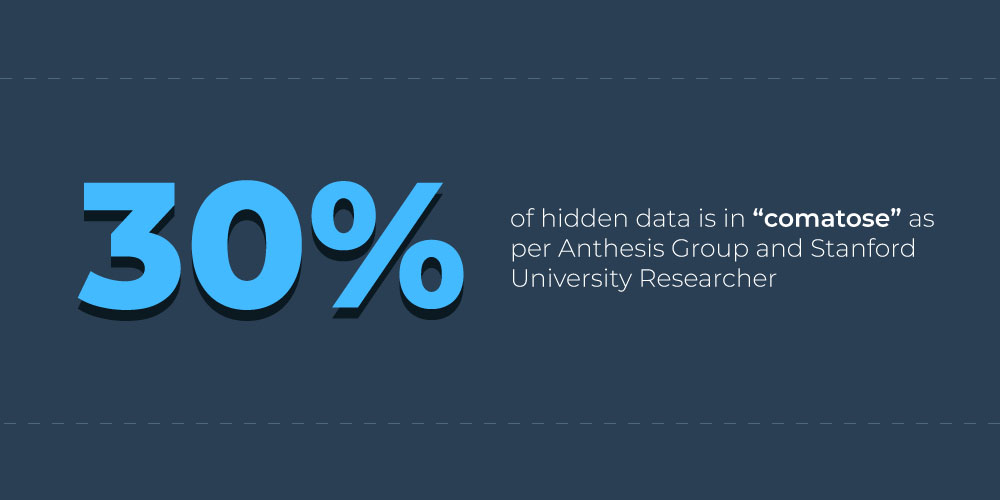

- Privacy is more as the raw data you feed is encrypted as a code and divided into various data centers.
- Costing is cheaper here because one can use the remote idle storage as per needs which also adds to the user’s growing income.
- The load is pretty balanced as hosts are in a position to cache used data frequently.
But the advantages are not free of limitations. We have to consider certain aspects that can limit this use of decentralized storage.
Understanding the limitations of decentralized storage
We may claim this as the most democratized way of data storage. Still, limitations that make you take the step cautiously include the following:
- The lack of an accountable owner for data loss draws trust issues over the network. Therefore, high-end security is still a Work-In-Progress.
- Developing the blockchain mechanism is complex until a professional team helps you to get it.
- Even though it has been around for some time, the technology is still in its infancy.
- Established businesses and professionals might face the issue of migration as the system develops.
- Regulation of the system can be tricky as the information is spread across multiple locations.
However, you make specific considerations to work better with decentralized storage. Here’s how.
Considerations to make your decentralized storage better
The usage of this storage depends on what you have and what you can give. That is,
Public healthcare and governments can use the system once the security is well-worked from infancy. Individuals with limited money to invest in data storage can consider this an alternative.
Moreover, large organizations with vast volumes of data who need convenient point access shouldn’t consider this a route. The landscape is still developing, so migration isn’t wise for them. Since they need direct support for issues to resolve.
Also, read The 7 Types of decentralized storage networks.
In Conclusion,
Decentralized storage looks like a gleaming hope for a democratized future. Who knows, 10-20 years from now, this will be the go-to way for storing data. Our aim was to throw some light on the subject that’s catching flames faster but is not widely understood.
We hope we helped in easing this information. If you have any input or queries, please comment or connect with us. We will be happy to help. Till then, keep reading.



